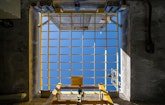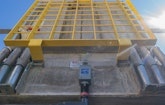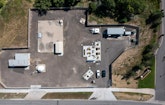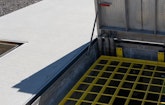
The replacement of Lift Station A in Northglenn, Colorado, was part of a larger project that included replacing the city’s largest sewer line. The combined project cost $26 million and took almost 18 months to complete.
Photography by Jenn Bakker
Wastewater lift stations aren’t designed to last forever, and there are plenty of examples of communities suffering the consequences of delayed improvements.
For one Colorado community, failure was not an option. The city of Northglenn recognized a major lift station was in...












